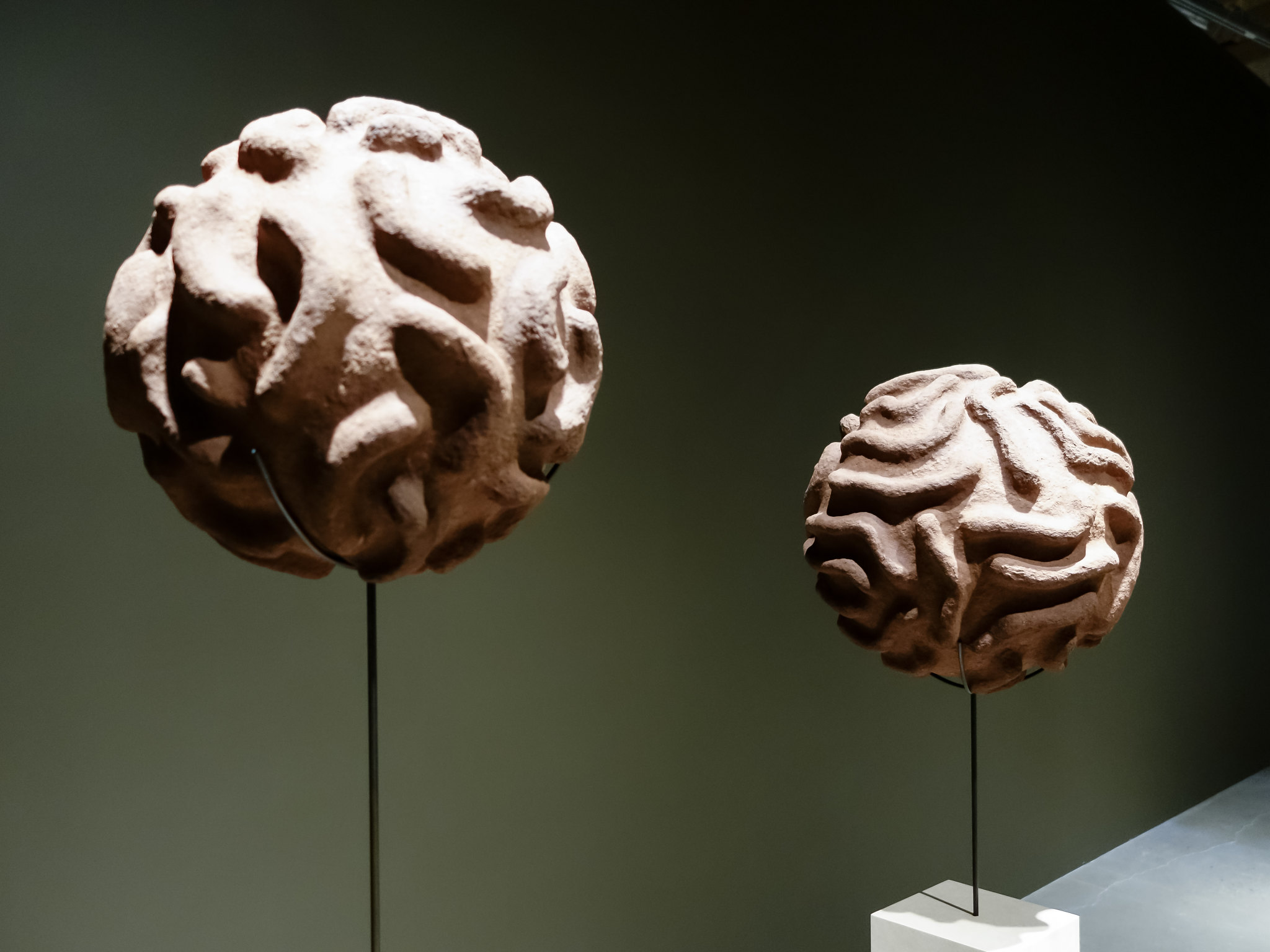The Rise of Contemporary African Art: A Look at the Secondary Art Market
The market for contemporary African art is expanding quickly. African artists are becoming more well-known on a global dimension thanks to their diverse range of artistic styles and mediums. Contemporary African art is increasingly being bought and sold on the secondary art market as interest in this genre grows.
The resale of artwork that has already been purchased is referred to as the secondary art market. This can include artwork that has been traded between galleries or auction houses or that was formerly owned by institutions or collectors. Contemporary African art is no exception, as its value can be significantly impacted by the secondary market.
The secondary market for contemporary African art has been steadily expanding over the last few years. An increase in the number of collectors looking to buy works by African artists has contributed to this trend. As a result, these pieces are now more expensive, offering collectors an appealing investment opportunity.
The proliferation of exhibitions and fairs for contemporary African art is one of the factors fueling the secondary market for this type of work. These occasions offer an opportunity for African artists to exhibit their work in front of a broad audience worldwide and for collectors to discover up-and-coming artists. African art has gained more recognition in the worldwide art market thanks to this growing attention, which has increased demand and raised prices.
The expansion of online platforms has significantly contributed to the growth of the secondary market for contemporary African art, in addition to the influence of art fairs and exhibitions. Collectors can now explore and acquire works by African artists from anywhere in the world thanks to online platforms. This has improved accessibility for collectors who might not have otherwise had access to these works and contributed to the globalization of the art market.
And yet, there are obvious risks with the secondary market for contemporary African art, just like there are with any investment opportunity. The question of authenticity is one of the major risks. Due to the rising demand for these pieces, there is a chance that fake pieces will be marketed. The value and reputation of the artist, as well as the collector who purchased the work, may suffer as a result.
Collectors should exercise caution when purchasing works from the secondary market in order to reduce these risks. This may entail investigating the artist and their work, seeking advice from subject-matter professionals, and collaborating with renowned gallery or auction houses.
The secondary market for contemporary African art is thriving despite these risks. The demand for these works will increase as more collectors become aware of their exceptional beauty and cultural importance. As a result, investing in contemporary African art can promote the continent’s rich and varied artistic legacy while also yielding financial gains.

